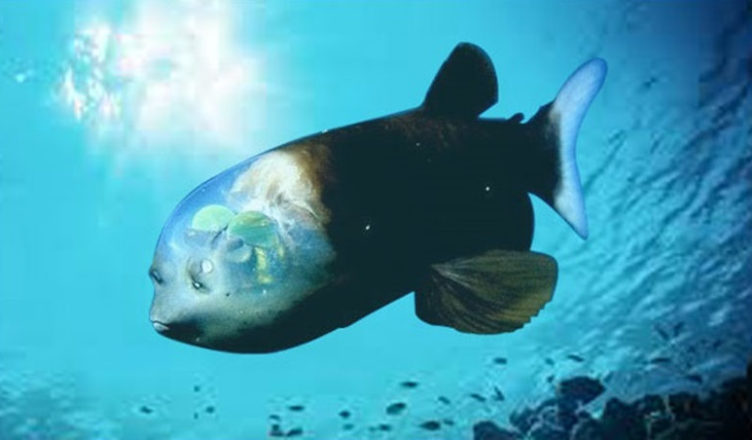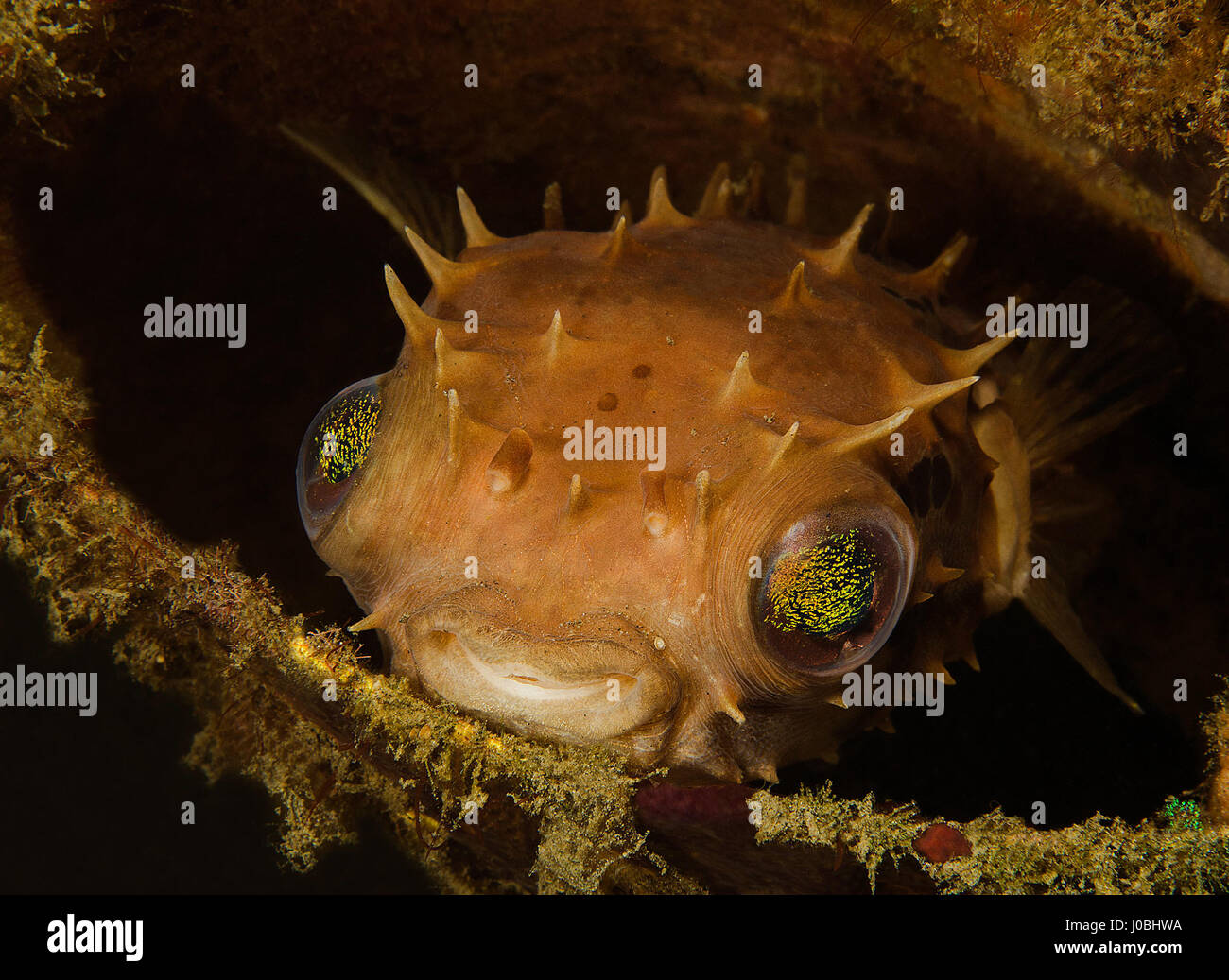

There is a lot more details in Tiptons, "Essentials of Sea Survival".

I remember reading about the how the Baileys who survived 117 days in the pacific in '73. It wasn't until after the voyage they realised these are quite rich in vitamin C, which is something you get depleted in when you're adrift, and can of course cause scurvy." Maurice and Maralyn Bailey, a British couple who survived 117 days on a rubber life raft in the Pacific in 1973, did not initially understand why they sought them, Tipton said: "They found they started to crave fish eyes, which is not something one would normally do. "Another unlikely luxury are fish eyes, which are a useful source of liquid and of another vital nutrient. Alvarenga stuffed raw meat and dried meat into his mouth, hardly noticing or caring about the difference."įine detail born out of other survivors of long sea voyages, when eating fish don't skip they "eyes". If it’s impossible to retrieve the hook without causing tissue damage, sacrifice the fly and snip the tippet."They ate fish after fish. Ultimately, no matter where you hook a fish, you increase its chances of survival if you debarb your flies, keep the fish in the water, and remove the hook as carefully as possible. Necropsies on such fish have shown that deep hooking often causes major internal damage to the heart, stomach, or liver. Fish hooked in the esophagus or gills have the smallest chance of survival. As you’d expect, fish that are hooked in the lip or jaw have the highest survival rates. Studies have shown that hooking location effectively correlates to mortality. Frankly, even if a fish appears to revive fully, it still is very stressed and has a greater probability of predation or infection.”

“One reason why I always emphasize good handling procedures - such as keeping the fish in the water while unhooking it, or just snipping the tippet instead of trying to remove a hook from deep in a fish’s mouth - is that it will minimize stress on the fish, regardless of the damage, and maximize its chances of survival. What about the dreaded bleeding from the gills, which most anglers see as a death sentence for a trout? Grossman says that, while bleeding from the gills is bad - because the gills are organs with major blood flow - a little bit of bleeding won’t automatically kill the fish. But if you tear the tissue around the wound while the fish is bouncing around on stones for five minutes, you may cause either short- or long-term mortality via tissue damage, subsequent infection, and general stress. The wound from a small hook, carefully removed without stressing the fish, probably won’t kill a trout. He notes that the hook removal process can be more damaging that the initial hooking. “If the hole is in muscle tissue,” he says, “then there probably is less risk of mortality than if the hole is near an organ such as the stomach, eye or gills.” Will these wounds kill the fish? Even with careful extraction, there is still a small hole in the fish’s body.Īnswer: I put this question to Gary Grossman - Distinguished Research Professor of Animal Ecology at the University of Georgia’s Warnell School of Forestry & Natural Resources University of Georgia - and he explained that mortality rates depend on the size of the wound and the amount of tissue damage. Question: It’s not uncommon on a fishing trip to have at least one foul hooked fish - some in the belly or back. Have a question you want answered? Email it to us at.


 0 kommentar(er)
0 kommentar(er)
